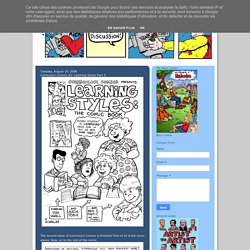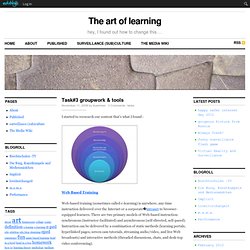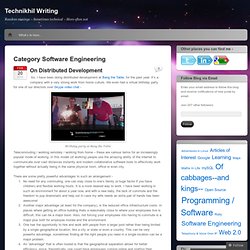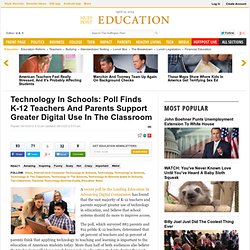

21st Century Learning – Invent It While It’s Happening. Curriculum Comics #2: Learning Styles Part 2. Tuesday, August 19, 2008 Curriculum Comics #2: Learning Styles Part 2 The second issue of Curriculum Comics is finished!

First of all is the cover above. Now, on to the rest of the comic. Posted by Unknown at 8:02 AM Labels: Curriculum Comics 2 comments: Ben Villarreal said... Wow...Andy, this is amazing! August 19, 2008 at 10:55 AM. Inclusion Strategies - Literacy & Foreign Language Team. Sara Merica, Angelina Tejada-Ingram, Jeanne Vitus, Jeanelle Smith, Mac Stebbins, Katie Sutter, Kayla Bortolazzo 1) Video Resource: YouTube.com "Imagine Learning" Sara Merica (team captain) This resource found on YouTube.com discusses a literacy learning program called Imagine Learning. This program is used for students with disabilities and is beneficial because it allows each student to work toward individual goals. The art of learning — hey, I found out how to change this…. I started to rersearch our content that’s what I found : Web Based Training Web-based training (sometimes called e-learning) is anywhere, any-time instruction delivered over the Internet or a corporateintranet to browser-equipped learners.

There are two primary models of Web-based instruction: synchronous (instructor-facilitated) and asynchronous (self-directed, self-paced). Instruction can be delivered by a combination of static methods (learning portals, hyperlinked pages, screen cam tutorials, streaming audio/video, and live Web broadcasts) and interactive methods (threaded discussions, chats, and desk-top video conferencing). The ASTD (American Society for Training and Development) estimates that 75% of the U.S. workforce will need some kind of retraining within the next five years in order to keep pace with industry needs and increasingly global competition. (found on: and this and that I also found this: virtual learning environment it’s ” truemmer ” 1. 2.
Software Engineering. Beautiful code is elegant and simple – it is concise but clear.

There is a balance in the code – a rhythm in the definition and structure of conditionals and the loops. The intent of the each function shines through the code – a pattern in the creation and interaction of the classes and methods in classes that combines the code into a coherent and beautiful unit. Beautiful code is concise, there are no wasted variables or endless conditionals – it is a pleasure to read not just because of the ease of reading but from the way in which it communicates the ideas and intent of the programmer. Well, now that I have waxed lyrical about what is good code, the next logical step would be to figure out how to write such code. Beautiful code starts with good understanding – in order to write beautiful code the first step is to understand the problem you are trying to solve. So when do you stop iterating ? The first requirement of good code is, that it should work. Removing the 'e' from 'e-learning' — Integrating important new technologies more seamlessly into our teaching.
Technology In Schools: Poll Finds K-12 Teachers And Parents Support Greater Digital Use In The Classroom. A recent poll by the Leading Education by Advancing Digital Commission has found that the vast majority of K-12 teachers and parents support greater use of technology in education, and believe that school systems should do more to improve access.

The poll, which surveyed 883 parents and 812 public K-12 teachers, determined that 96 percent of teachers and 91 percent of parents think that applying technology to teaching and learning is important to the education of American students today. More than half of both audiences also believe that technology will play a much bigger role in educating students during the next decade. Responses also indicated that the country is somewhat or far behind the curve when it comes to American public schools’ use of technology in education, especially when compared to other parts of the economy. More of the poll's findings: Furthermore, both parties acknowledge the degree to which technology can better enable teachers to provide faster feedback to students. Faculty.pepperdine.edu/ehamilt2/crlt/Papers/Hamilton-CherniavskyPrePubDraft.pdf. NokiaNFC.gif (986×396) An introduction to learning analytics.